I tried to fix a keyboard that was having some intermittent issues by cleaning the conductors on the ribbon cable. I used an emery-board to rub off the rust and patina on the pins at the end of the ribbon, but it turns out that the pins are really soft metal and I ended up rubbing off the conductors themselves.
The ribbon had a little bit of slack so, I trimmed it to where the first break in the conductors were so that I could insert the remainder into the slot. Unfortunately there was not enough metal left exposed to make the connection (<1mm on some of the pins).
I thought about different ways I might be able to expose more of the metal but considering how fragile it already was, I figured that scraping or rubbing the plastic covering was out of the question. I considered using a chemical to dissolve some of the plastic, but I have no idea (or way of finding out) what to use or moreover, how to control it precisely enough. I figured that using a soldering iron to soften the plastic and push it away would work because I could more easily control the heat (more or less).
Unfortunately, the metal seems to have been extremely fragile (maybe it’s solder‽). Not only did the plastic warp a little bit and not soften easily to be pushed out of the way, but one of the lines even got a hole in it right through the metal.
Now I’m left with a ribbon cable (as seen below) and wondering how I can fix it. Is there a way to fix it as is or perhaps attach an extension?

